Looking for the best alternate guitar tunings? You’ve found them! Read this and other performance guides at School of Rock now.
Whether you’re a total beginner or a professional shredder, alternate tunings are a great tool for guitarists of all skill levels. Alternate guitar tunings open the door to discovering new genres, developing new techniques, and getting creativity flowing. But before we dive in, let’s talk about:
What are Alternate Tunings?
Alternate tuning refers to any guitar tuning made up of different notes than standard tuning. Standard tuning, from the lowest to the highest string, is made up of notes E, A, D, G, B, E. The tunings we will discuss here are some of the most tried and true alternate tunings, but the possibilities are endless!
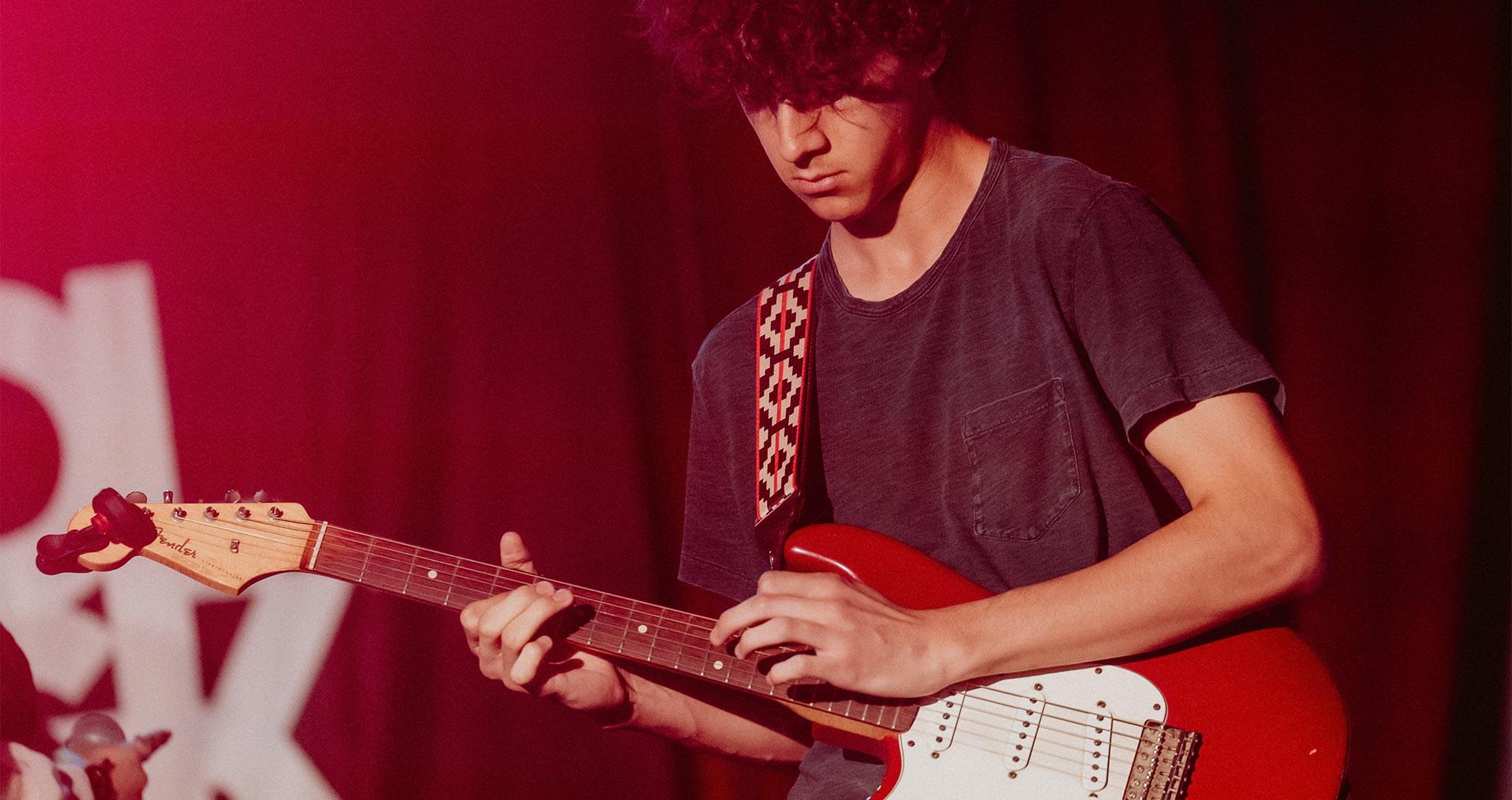
Tuning your guitar to alternate tuning is very similar to tuning to standard: the only difference is the notes you are tuning to. Check out School of Rock’s Beginner's Guide to Tuning a Guitar for tips on accurately tuning your guitar. We will write out the notes for each of the tunings we mention, and many apps and videos allow you to tune along to alternate tunings.
Why Use Alternate Tunings?
Alternate guitar tunings open up a world of possibilities for songwriting, learning new techniques, and discovering new music. The chord shapes you learned with standard tuning will take on a new sound and you’ll likely learn new chord shapes that fit the more popular alternate tunings.
Without further ado, here are 8 popular alternative tunings to check out!
1. Drop D Tuning
Drop D tuning is the most common alternate guitar tuning, largely because it is so easy to tune to! The only string that changes from standard is the low E string, which is tuned down one whole step to D. Drop D is well known for its low, punchy sound and its very convenient one-finger power chord shape. You’ll find Drop D tuning across lots of heavier rock genres, but it can also be found in pop music, indie rock, and more! If you are new to alternate tunings, Drop D is a great place to start.
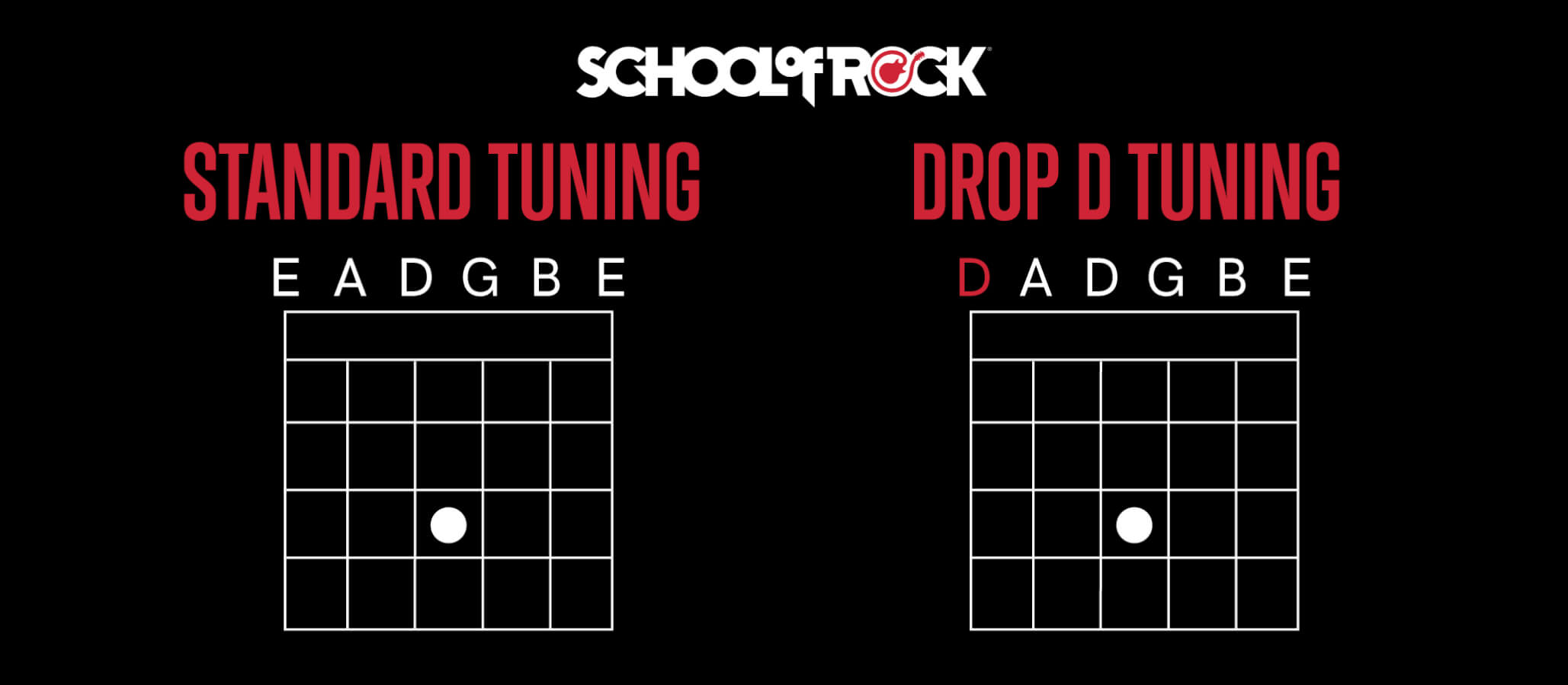
Tuning (low to high): D A D G B E
Songs: “Everlong” by Foo Fighters, “Bat Country” by Avenged Sevenfold, “That’s What You Get” by Paramore
2. Double Drop D Tuning
Double Drop D follows Drop D’s formula of downtuning the low E string to D, but doubles this effect by downtuning the high E string to D as well. Many songs in Double Drop D use fingerpicking techniques, which is a skill that translates well to both electric and acoustic guitar. Some popular genres that use Double Drop D tuning include classic rock, folk, and singer-songwriter.
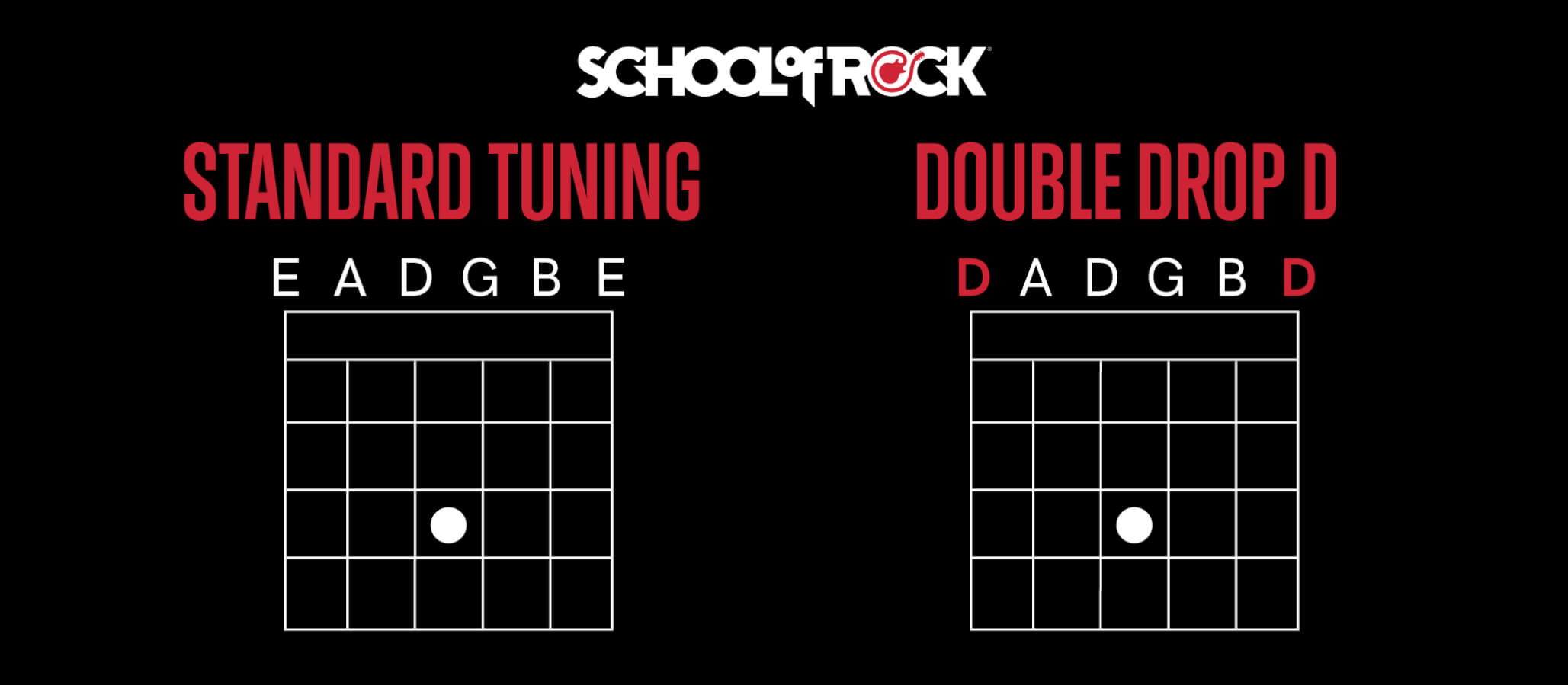
Tuning (low to high): D A D G B D
Songs: “Ohio” by Neil Young, “The Chain” by Fleetwood Mac
3. Open E Tuning
Open E is one example of an open tuning, which is a kind of alternate guitar tuning where strumming all 6 guitar strings forms the major chord (in this case, E major). Open E tuning lets you play major chords by barring one finger across the fretboard and allows greater flexibility with playing open chords as well. Open E tuning is popular with those using slide guitar technique, as well as in the genres of blues rock and classic rock.
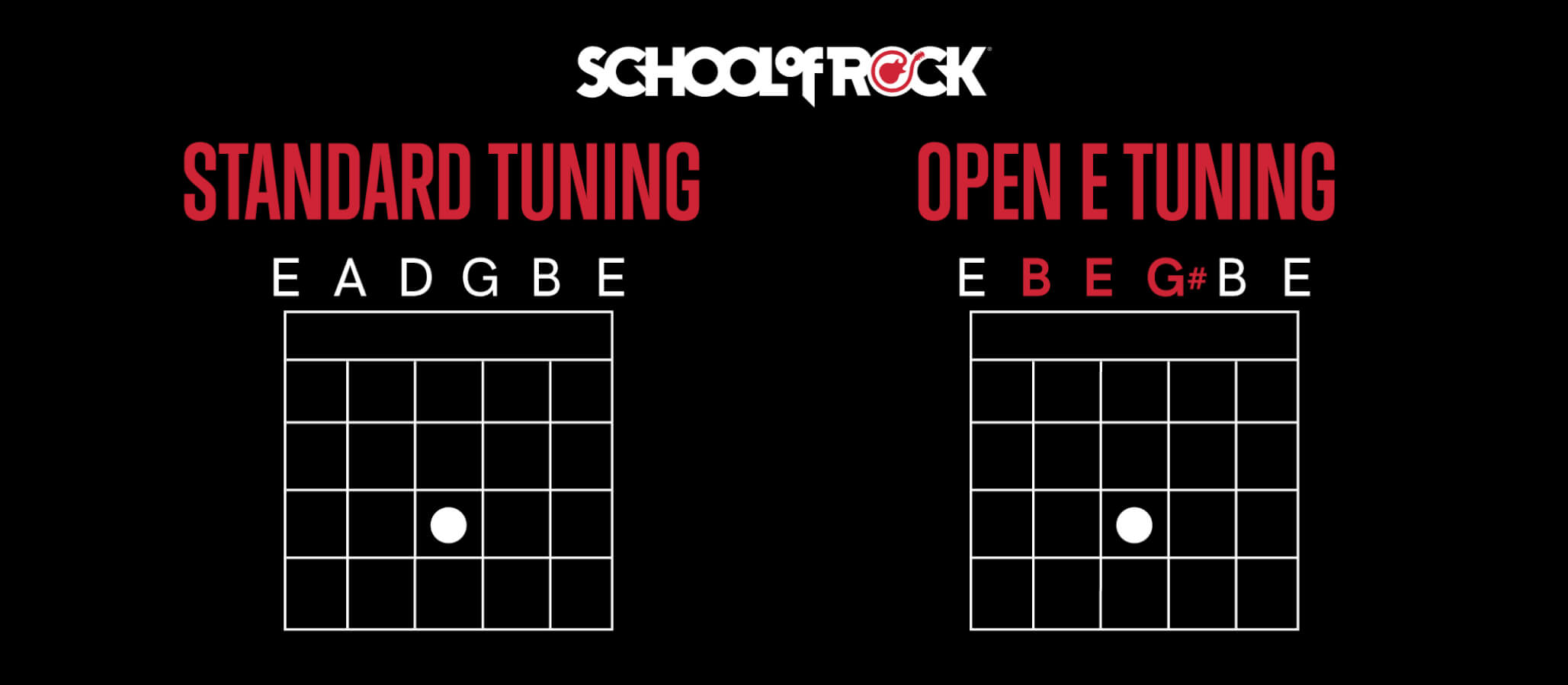
Tuning (low to high): E B E G# B E
Songs: “Gimme Shelter” by The Rolling Stones, “Bo Diddley” by Bo Diddley
4. DADGAD
DADGAD tuning is a versatile option that resembles open tunings, in which a player plucking all six open strings will play a Dsus4 chord. It is relatively easy to learn and is a great option for songwriters looking to expand their sound. Like Double Drop D, the tuning is popular with both electric and acoustic guitarists and has been popularized in genres like classic rock and pop music.
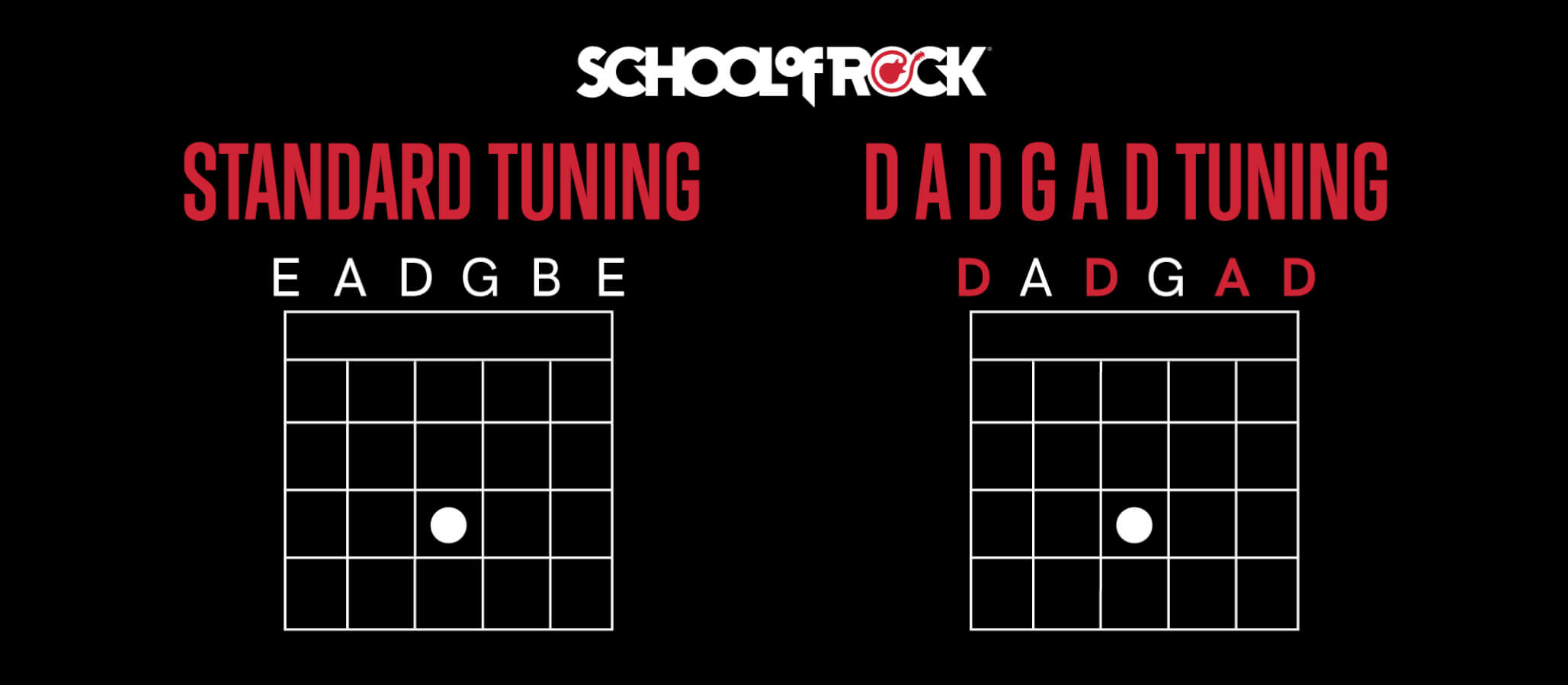
Tuning (low to high): D A D G A D
Songs: “Kashmir” by Led Zeppelin, “Photograph” by Ed Sheeran
5. BADGBE
BADGBE is a low and heavy tuning where the low E string is tuned all the way down to B. It is an unusual tuning but has gained popularity, especially in alternative rock genres like grunge and progressive rock.
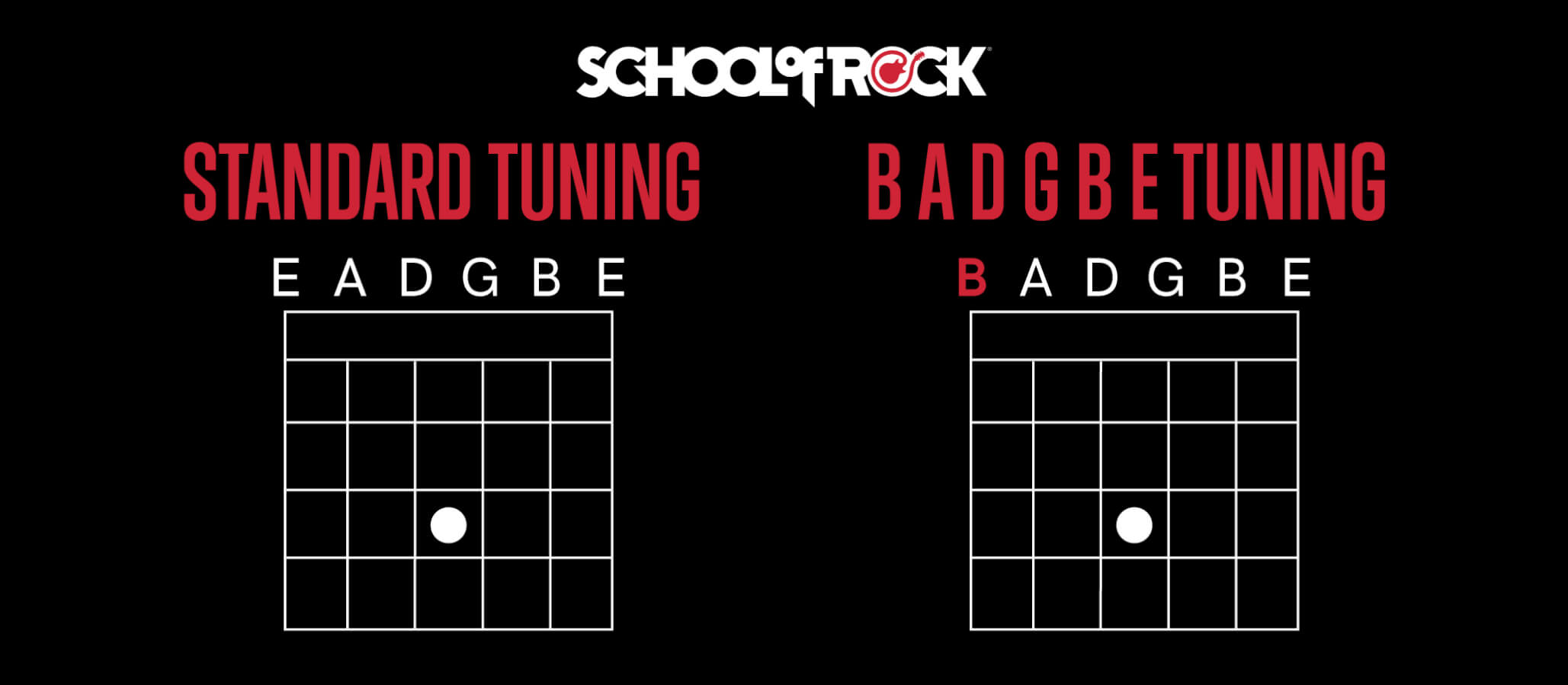
Tuning (low to high): B A D G B E
Songs: “Rusty Cage” by Soundgarden
6. New Standard
King Crimson’s Robert Fripp developed ‘New Standard’ tuning to allow for more note range on the guitar neck. The tuning also has approximate fifths between the strings which creates a pentatonic scale when the open strings are played. The tuning is more experimental and is not used widely in popular music, but it is a great practice for songwriting!
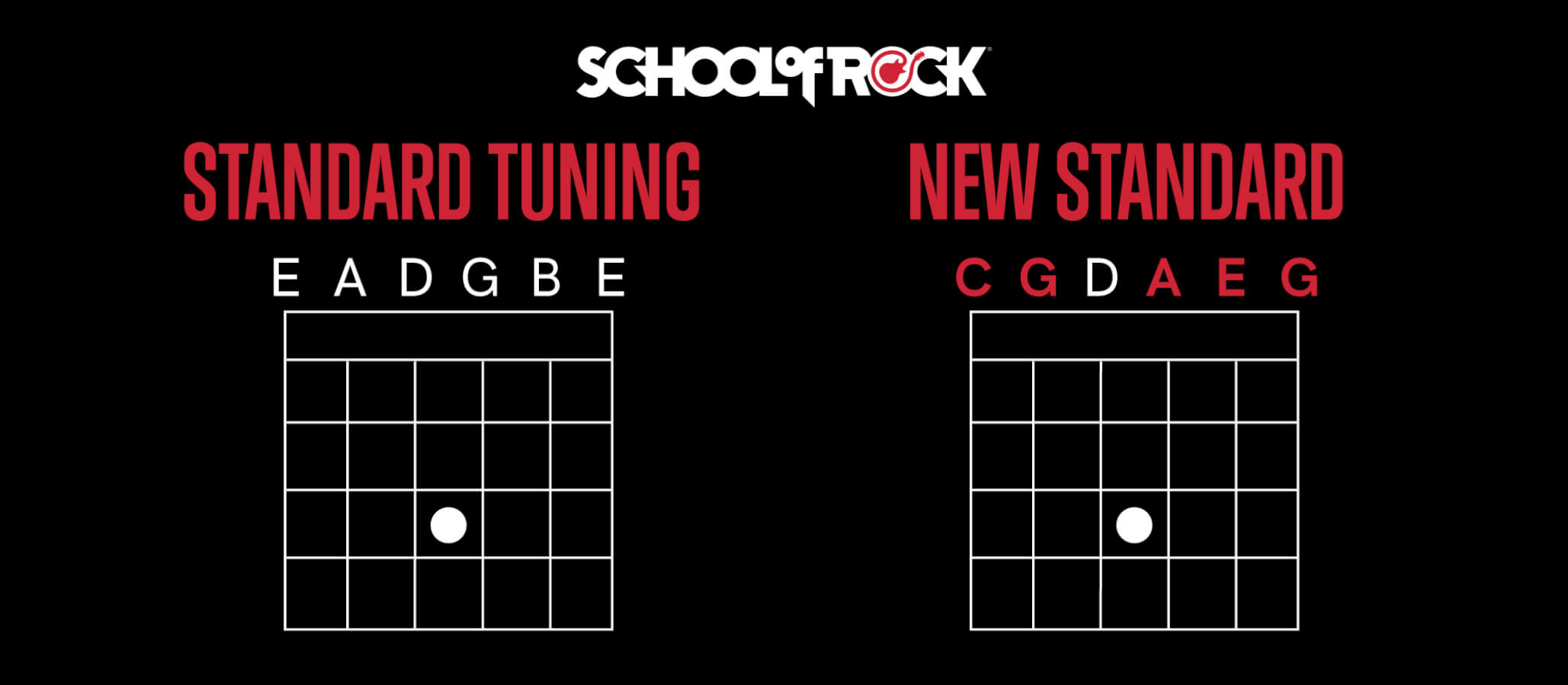
7. DGCGCD
DGCGCD is a tuning largely popularized by Led Zeppelin’s Jimmy Page, and it has an unconventional open-string sound. The most famous use of this tuning is “The Rain Song” by Led Zeppelin, but the tuning has inspired songwriters and creative guitarists across many genres.
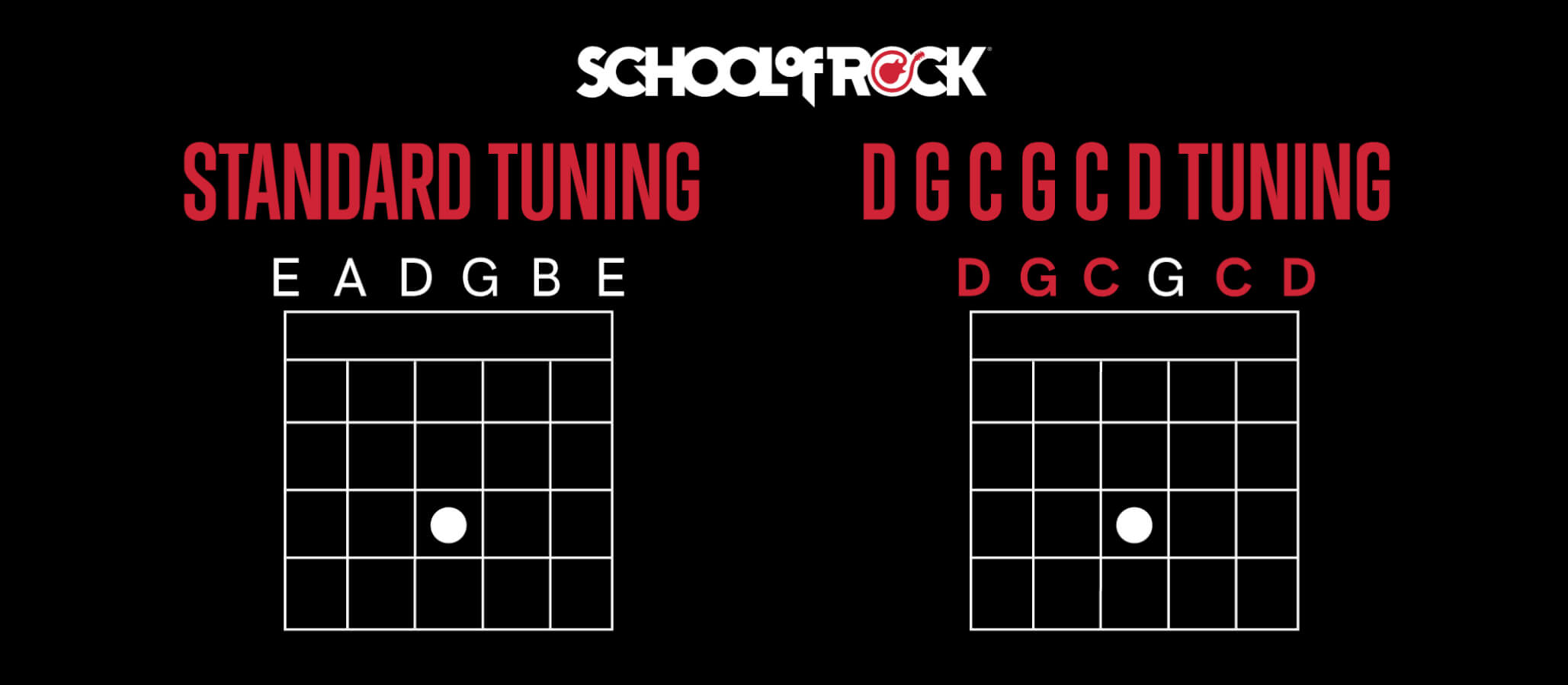
Tuning: DGCGCD
Songs: “The Rain Song” by Led Zeppelin
8. GABDEG
GABDEG is often referred to as “Sonic Youth” tuning, a famous alternative noise rock band popular for their experimental guitar effects and tunings. This open-sounding tuning is popular amongst songwriters in alternative rock, metal, and indie pop.
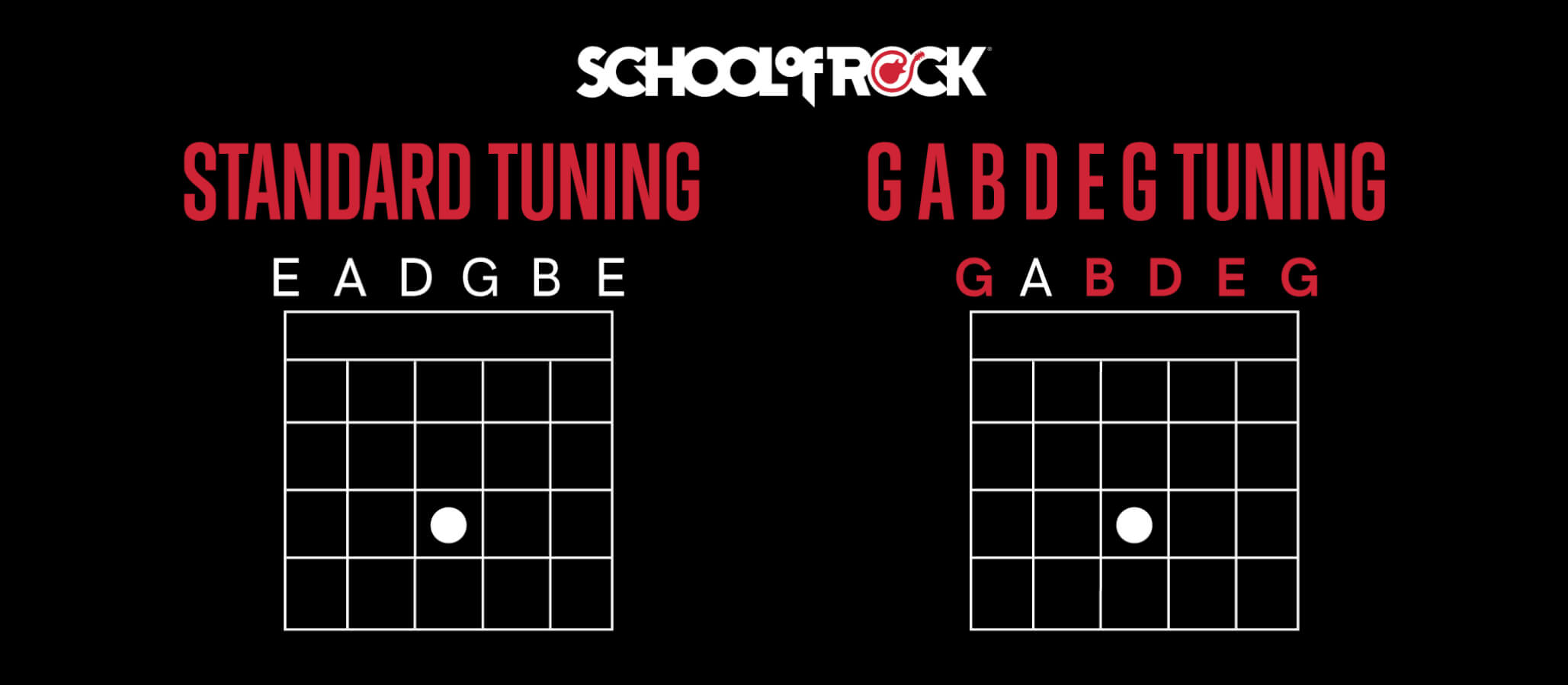
Tuning: GABDEG
Songs: “Teen Age Riot” by Sonic Youth
In the end, learning how to play with alternate guitar tunings is a great skill for any guitarist or songwriter to develop. Regardless of where you are in your guitar journey, there are endless possibilities for learning within each of these 8 alternate tunings. Check out all of these alternate-tuning songs and more on the School of Rock Method App!
About the Author
Anika is an instructor at two School of Rock locations: School of Rock Oak Park and School of Rock Glenbrook.



